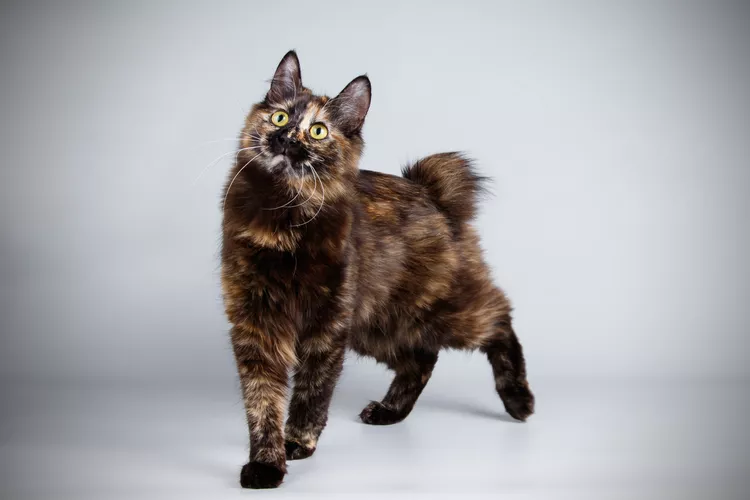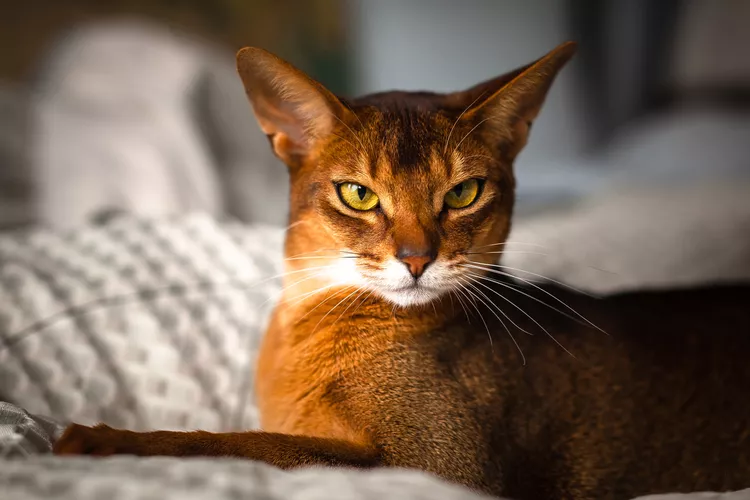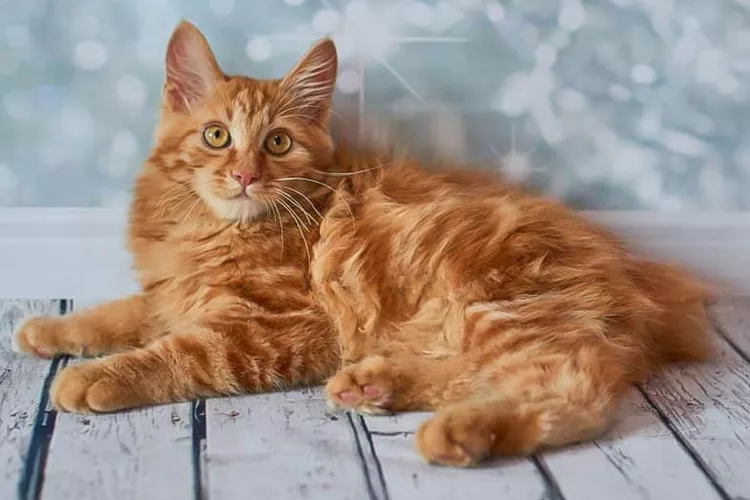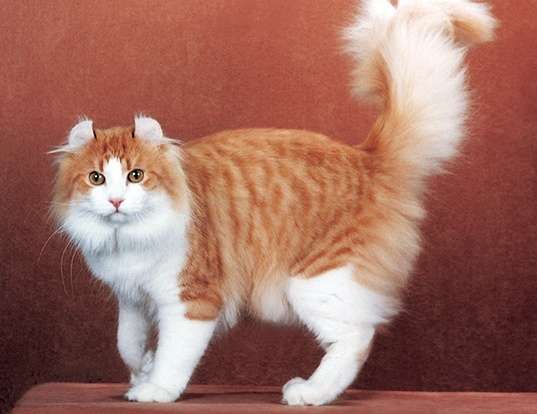
Description
Size: Male: 11 to 15 lbs, Females: 8 to 11 lbs.
The medium to large Kurilian bobtail cat is compact and heavy, with a sturdy frame and strong boning. The Kurilian bobtail is what is referred to as a “natural breed,” which means that it first evolved on its own without human influence. There are several conventional solid or tabby colours available, both with and without white markings.
The Kurilian bobtail has two different coat types: short and long (the breed standard refers to the latter as semi-long haired). The soft, silky hair is flat and has a little undercoat in both coat types. The tail hair on the short-haired variant is the same length as the body hair. Kurilians with semi-long hair have a thick, plumed tail.
Origin and History
The Sakhalin and Kuril islands off the coast of Kamchatka, Russia, are the birthplace of the Kurilian bobtail. The Kurilian bobtail emerged spontaneously on the islands at least 200 years ago, though no one is aware of the breed’s actual age.
In the middle of the 1900s, curious explorers (sailors, scientists, or military people) were drawn to the unusual cat and transported some of the cats back to central Russia. Russians employed the cats to exterminate vermin because they valued their excellent hunting abilities. The breed became popular in Europe, but North America is still mainly unaware of it.
The International Cat Association (TICA) approves of the Kurilian bobtail. The breed was given championship status by TICA in 2012, allowing cats to compete for titles at cat shows.
Behavior
Activity Level: High to moderate
Social Needs He gets along with other cats and dogs because of friendly nature.
Kurilian bobtails are vivacious, outgoing, and affectionate pets that enjoy cuddling and playing. The Kurilian bobtail gets along with everyone, even calm kids, because of its incredibly laid-back nature.
As Pet

Grooming
The smooth coat of the Kurilian bobtail is easy to maintain since it resists matting. Unwanted hair can be removed by slicker brushing once per week. The coat will feel clean and velvety with the occasional bath.
Every two weeks, trim the nails on your Kurilian bobtail, and examine the ears every week. Schedule a visit with your veterinarian if you observe any redness, smell anything, or if your cat is shaking its head or picking at its ears. Use a cotton ball or piece of gauze to wipe the ears with a pet ear cleaner if they look to be dirty (never use a cotton swab to clean a cat’s ear).
Diet and Nutrition
Cats in general tend to be overweight. It’s important not to overfeed or let cats get fat. Maintaining a healthy weight helps lower your risk of developing conditions like diabetes, heart disease, and arthritis. Measured portions of food should be given to your Kurilian bobtail cat at scheduled mealtimes (twice daily for mature cats). Free-feeding, which is when food is left out all day, encourages thoughtless eating, which can result in weight gain. Request a recommendation for a healthy meal for your Kurilian bobtail cat from your breeder or veterinarian.
Exercise
The incredibly intelligent Kurilian bobtails like learning new things. You might be shocked to hear that teaching tricks to Kurilian bobtails is simple. The house rules are similarly easy to educate your Kurilian bobtail cat, but he or she may or may not choose to abide by them. The breed is often enjoyable to be around and easy to live with.
Although kurilian bobtails are naturally quite active, you can assist your cat receive enough exercise and indoor enrichment by giving it places to climb and perch, such as cat trees and kitty condos, and by getting your cat involved in enjoyable play by tease him with feather wands, toy mice, and interactive toys. Provide your cat with a range of acceptable scratching surfaces so they can enjoy their natural behavior of scratching. Some cats like to scratch horizontally (as with cardboard or sisal scratchers that lie on the ground) while others prefer to scratch vertically (as with scratching poles or cat trees).
Table





